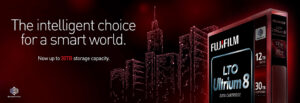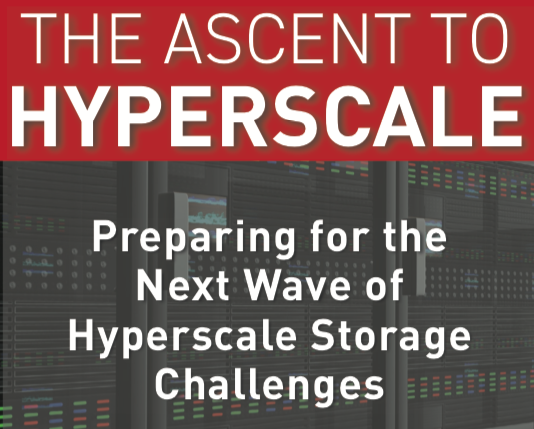How to Leverage the 3-2-1 Backup Rule and Modern Tape Technology in Backup Applications

In case you were not aware of it, March 31st is World Backup Day. To be sure, a quick visit to the official website confirms that this day is just a reminder for consumers to backup their PCs and cell phones. According to the website, only 25% of consumers are protecting their precious memories. Surely the helpful recommendations for routine backup doesn’t apply to the storage professionals that keep our enterprise data safe and our websites up and running. Or does it?
When Disaster Strikes a Data Center
On Wednesday, March 10th, 2021, a fire broke out at the OVHCloud data center in Strasbourg, France. The fire quickly spread out of control and completely destroyed compute, network and storage infrastructure. According to some accounts, as many as 3.6 million websites including government agencies, financial institutions and gaming sites went dark. Others complained that years’ worth of data was permanently lost.
We know that the statistics regarding cost of downtime and the number of companies that don’t ever recover from catastrophic data loss are alarming. The often-cited University of Texas study shows that 94% of companies do not survive, 43% never reopen and 51% close within two years. That’s why the cardinal sin in data protection is not being able to recover data.
OVH reminds us that, however unlikely, data center disasters like an all-consuming fire can still happen. Although these days a more sinister threat continues to loom and tends to grab the headlines and our attention, namely: ransomware.











